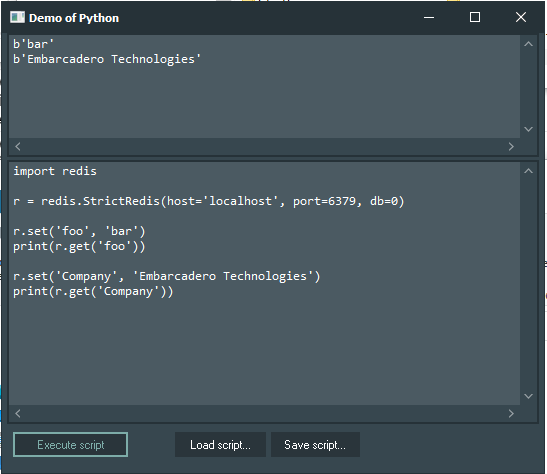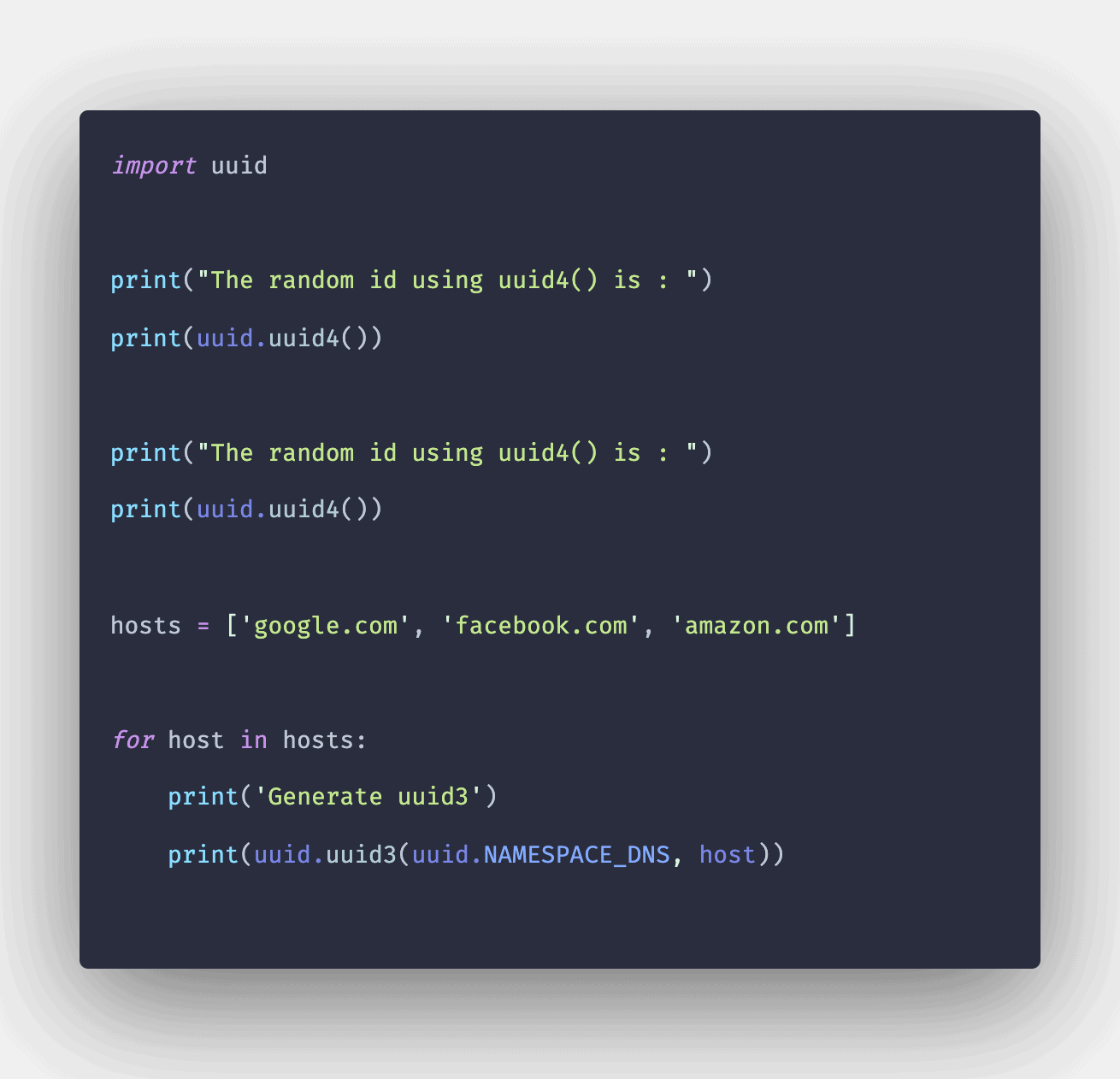

- Phyton data universal database install#
- Phyton data universal database zip file#
- Phyton data universal database driver#
- Phyton data universal database upgrade#
- Phyton data universal database code#
Install the tables and other database objects for the tutorial.When the tutorial is finished, ensure that all the database sessions connected to the tutorial user pythondemo are closed and then run drop_user.py to remove the tutorial user. SQL File Name: D:\python-oracledb\samples\tutorial\sql\create_user.sql If it runs successfully, you will see something similar below: Enter password for SYSTEM: The connection string is " localhost/orclpdb", meaning use the database service " orclpdb" running on localhost (the computer you are running your Python scripts on). The example above connects as the SYSTEM (or ADMIN for ADB ) user using db_config_sys file discussed in the earlier section. This tutorial uses the name pythondemo: python create_user.py Then open a terminal window and run create_user.py to execute the create_user.sql script and create the sample user. If you need to create a new user for this tutorial, review the grants created in samples/tutorial/sql/create_user.sql by opening it in your favorite text editor. If you have an existing user, you may be able to use it for most examples (some examples may require extra permissions).

The tutorial instructions may need adjusting, depending on how you have set up your environment. If you are using Oracle Autonomous Database (ADB), use the ADMIN user instead of SYSTEM. Substitute the admin values for your environment. Pw = getpass.getpass("Enter password for %s: " % user)

Pw = os.environ.get("PYTHON_SYSPASSWORD") User = os.environ.get("PYTHON_SYSUSER", "SYSTEM")ĭsn = os.environ.get("PYTHON_SYS_CONNECT_STRING", "localhost/orclpdb") Using environment variables is convenient because you will not be asked to re-enter the password when you run scripts: In Python Database API terminology, the connection string parameter is called the "data source name", or "dsn". The default system connection string is for the " orclpdb" database service on the same machine as Python. For example, the default username is " SYSTEM" unless the environment variable " PYTHON_SYSUSER" contains a different username. Alternatively, you can set the given environment variables in your terminal window. This file is included in other Python files for creating and dropping the tutorial user.Įdit db_config_sys.py file and change the default values to match the system connection information for your environment. Review db_config_sys.py in the tutorial directory.
Phyton data universal database code#
The samples/tutorial/solutions directory has scripts with suggested code changes. The samples/tutorial directory has scripts to run and modify. Alternatively you can use 'git' to clone the repository.
Phyton data universal database zip file#
The Python scripts used in this example are in the python-oracledb GitHub repository.ĭownload a zip file of the repository from here and unzip it. On Linux, use Python 3.6 orĪ command like pip install oracledb -upgradeĮnsure you can access an Oracle Database. Your operating system package library or from. Install Python 3 if not already available. The database can be on the same machine as Python, or it can be remote. Load the Oracle Client libraries via an application script runtime option are However, some additional features areĪvailable when python-oracledb uses them. This modeĭoes not need Oracle Client libraries. "thin" mode, which connects directly to Oracle Database. Both modes have comprehensive functionality supporting the
Phyton data universal database driver#
The python-oracledb driver enables access to Oracle Database using either The original copy of these instructions that you are reading is here. When you have finished this tutorial, we recommend reviewing the python-oracledb documentation. If you are new to Python, review the Appendix: Python Primer to gain an understanding of the language.
Phyton data universal database upgrade#
It is an upgrade for the hugely popular cx_Oracle interface. The python-oracledb driver provides Python APIs to access Oracle Database. Python is a popular general purpose dynamic scripting language. The tutorial has scripts to run and modify, and has suggested solutions. Choose the content that interests you and your skill level. It contains both beginner and advanced materials. This tutorial is a primary guide on using Python with Oracle Database.

10.1 Review the Oracle Client library path.8.1 Rowfactory for mapping column names.6.2 Output type handlers and variable converters.3.4 Tuning with arraysize and prefetchrows.1.6 Using the ConnectParams builder class.1.2 Indentation indicates code structure.Python and Oracle Database Tutorial: The New Wave of Scripting Contents


 0 kommentar(er)
0 kommentar(er)
